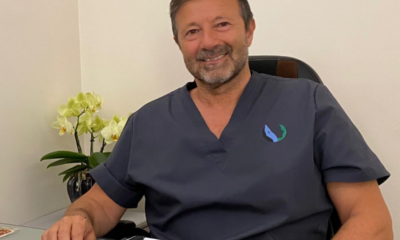Medical doctors and Surgeons
Abdominoplasty: a new body
There are quite a few post-op tools that help reduce abdominoplasty complications.
Doctor Francesco Russo, specialist in plastic, reconstructive and aesthetic surgery in Milan, explains how abdominoplasty can be an intervention that produces results in a short time and helps to reshape the lines of the body.
Redraw your body

Abdominoplasty removes excess skin from the abdominal region. This surgery is aimed at former obese patients who have had massive weight loss and have an excess of skin in the abdominal region. It is also suitable for women who, following pregnancy, have diastase of the abdominal muscles.
The result of the operation is immediate: the day after the surgery the patient is able to appreciate a significant difference with the pre-operative situation. The final result is over time. Edema or swelling may occur after surgery, effects that are likely to resolve over a few weeks.
Complications that can occur, after or during surgery, are of two types: immediate or late. The first are rare, and are due to a post-op hemorrhage that can be solved with a timely hemostasis intervention carried out in the operating room. The possible late complications, however, occur a few weeks after the operation and can be: seroma, dehiscence or secretions. If the patient strictly complies with the recommendations given by the doctor, they are reduced in percentage terms.
The evolution of abdominoplasty
Abdominoplasty has a long history of cosmetic surgery and body remodeling; it is one of the first procedures developed. The Brazilian colleagues were pioneers. Later there was an evolution from the point of view of engraving. Initially it was performed following the lines of the high-cut bikini. Now the surgery has been considerably modified and the incisions in the bottom are preferred, in order to reshape also the pubic region.
Nowadays the techniques associated with abdominoplasty (for example liposuction) are increasingly safe. They allow to minimize complications, and ensure the patient a faster recovery and early mobilization. The discharge after surgery takes place over a period of one or two days and for at least a month or a month and a half it is advisable to wear a compressive sheath.
Daily activities can resume after three weeks, gentle physical activity after two months and intense sports activity no earlier than six months.




































